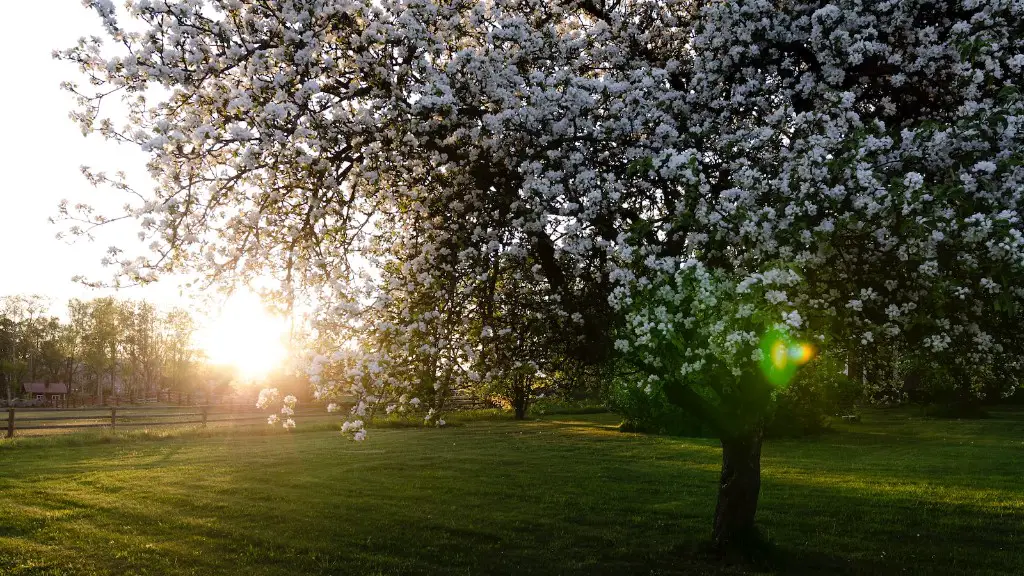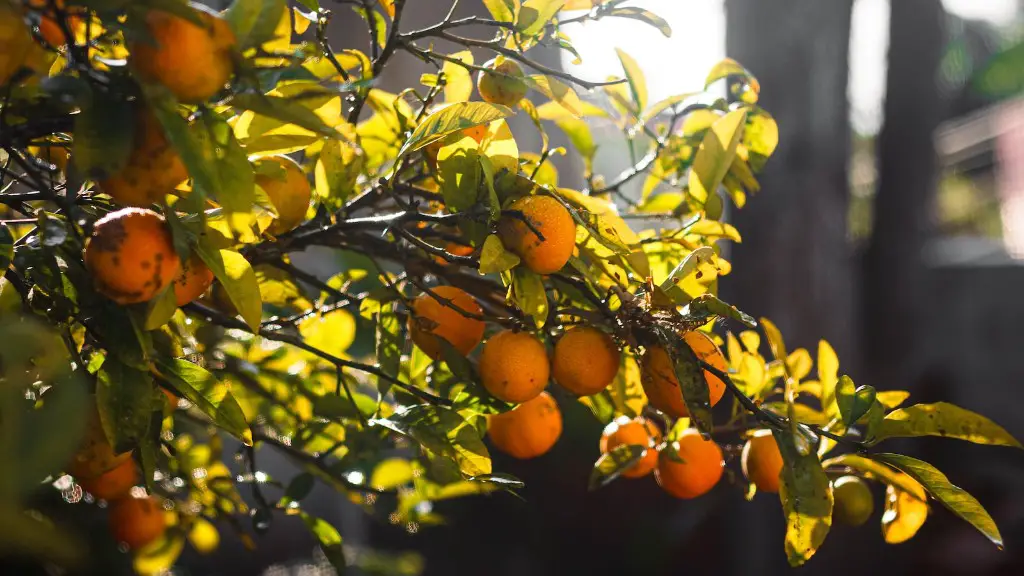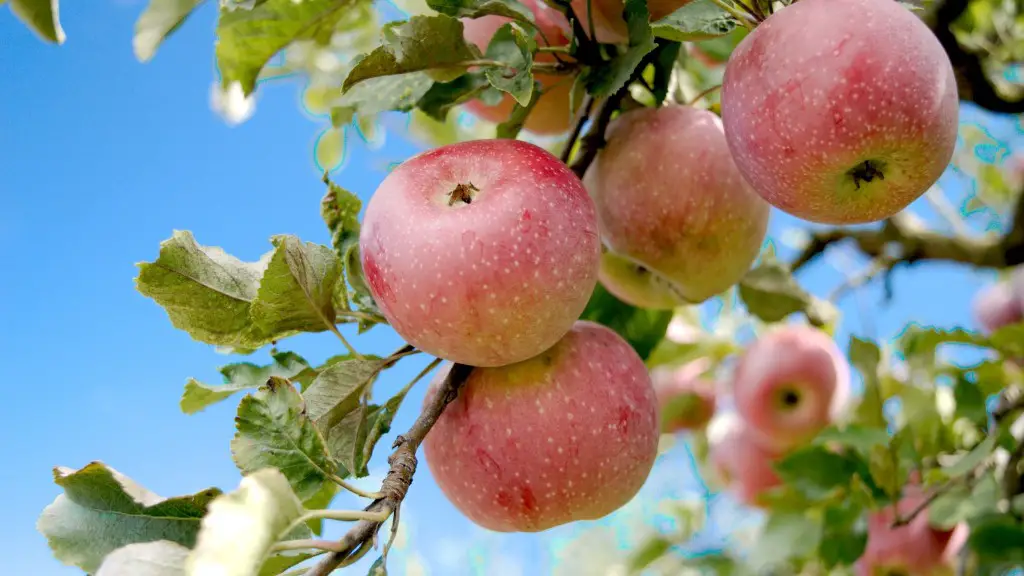It’s an unfortunate reality, not uncommon to amateur gardeners; you planted an apple tree, followed the growing instructions to the letter, but there’s not a single apple in sight. Why? Well, there are a few possible reasons. Firstly, it’s possible your tree isn’t mature enough to bear fruit. Depending on the variety of tree, it may take 3-6 years for your apple tree to reach full maturity and begin bearing fruit. Secondly, bare and semi-dwarf trees may require fertilization to reach their production potential. Make sure you properly fertilize your apple tree, according to the varieties’ specific guidelines. Thirdly, maybe you’ve been under- or overwatering. Apples need about 1-2 inches of water each week. Too little, and your apple tree may become stressed; too much, and the soil may become oversaturated. Fourthly, sun exposure is another potential factor. Apple tree needs at least 6 hours of direct sunlight.
Inadequate Pollination
Inadequate pollination is another culprit in the lack of apple production. Pollinators, such as bees, are necessary for apple tree fertilization. There are three categories of apple varieties; self-fertile varieties will have both male and female parts and can fertilize themselves; semi-self-fertile varieties need pollen from another variety to fertilize, but can also fertilize in a single tree; and, non-self-fertile require cross-pollination from a variety in the same group. If your apple tree is not within close proximity to another variety in its group, pollination may be hindered and fruit production be low or absent. It’s possible to increase pollination by spraying or brushing the flowers with a feather, or hand-pollinating them yourself.
Potential Pests or Diseases
Where apple trees are concerned, potential pests and diseases can take an unseen toll, promoting lack of fruit production. While there are a variety of pests and diseases that can affect apples, some of the common ones are codling moths, cedar-apple rust, powdery mildew and fire blight. Pests and diseases can be difficult to diagnose and treat, so this is a common reason for a dearth of apples. If you suspect pests or disease, it’s important to contact a certified arborist or pest control company to properly diagnose and treat the problem.
Improper Thin Fruit
Another potential cause for lack of fruit is improper thinning. This can mean not thinning the fruit enough, or not thinning it soon enough. If there’s an excess of fruits on the tree, it can reduce the overall quality and production. Apples need to be thinned in early June, when the fruits are about the size of a dime. Too much fruit can lead to smaller apples, and too few can leave your tree with overall lower production. Regular thinning ensures that your tree produces well-sized apples that get enough resources. For optimal production, thin to one apple every six inches.
Not Enough Pruning
Pruning is an essential part of any healthy tree’s life cycle. Pruning apple trees encourages new growth and helps maintain a desirable shape. Without proper pruning, apple trees can become too top heavy, reducing air circulation and light which can also affect fruit production. The best time to prune your apple tree is in late winter or early spring. You’ll want to remove dead, diseased and crossed branches during this time of year to prevent potential pests or diseases and maintain healthy growth.
Pollution
Pollution is another factor that can prevent apple tree production. Air pollution can damage the apple tree, and depending on where you live, this can be difficult to avoid. Pollutants from air can decrease photosynthesis, which reduces fruit production. Pollution can particularly affect trees grown in urban and industrial areas. Luckily, planting some flowering shrubs and plants, such as gaillardia, can help support pollinators and, in turn, encourage appropriate pollination. Be sure to locate your apple tree in an area that has plenty of adequate air and light circulation.
Summer Temperature Variations
Finally, variations in summer temperature can also have an effect on apple tree production. If temperatures exceed 90°F, fruit production can be low. Additionally, if the temperature is too high it can reduce the trees’ overall photosynthesis and, in turn, the health of the fruit. Typically, temperatures above 95°F for an extended period of time can cause damage. If your area is known to have extremely high temperatures, you may want to consider planting a different variety of apple that is more heat-resistant. Additionally, ensure to keep an eye on temperatures when selecting your planting site.



